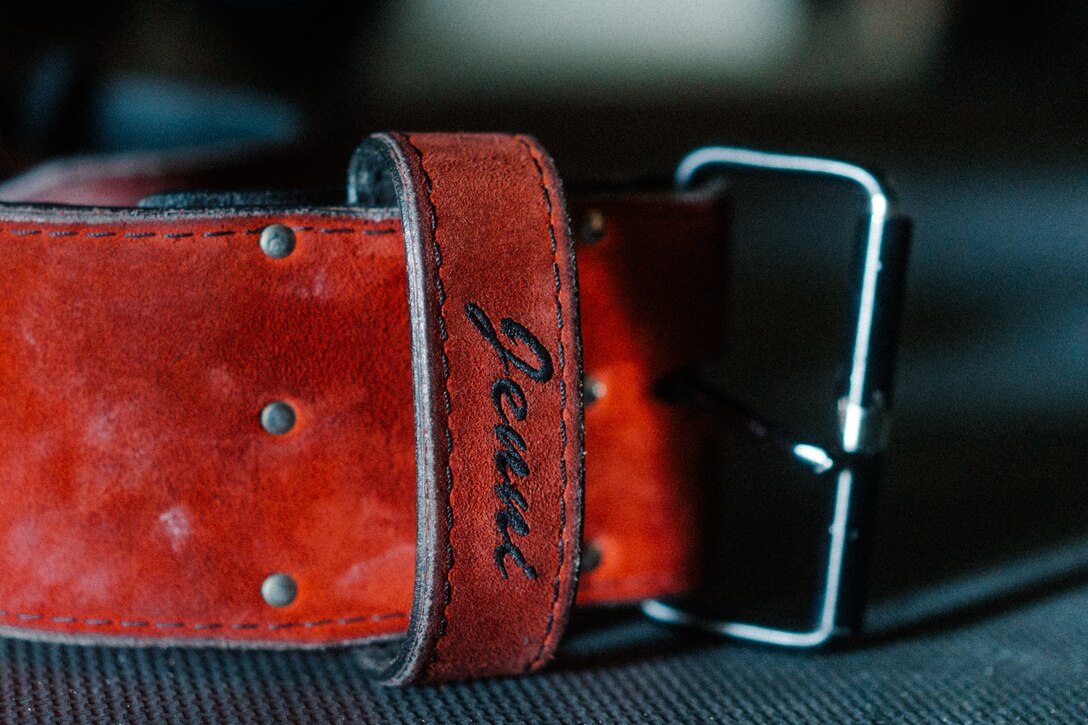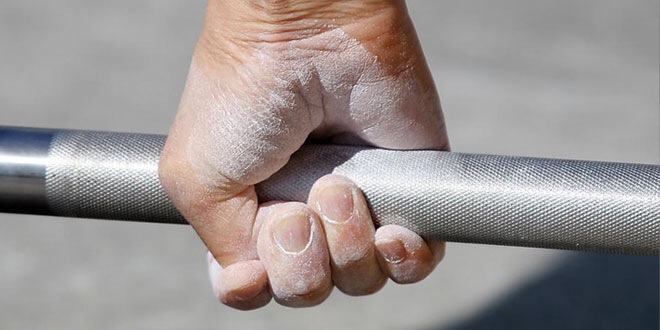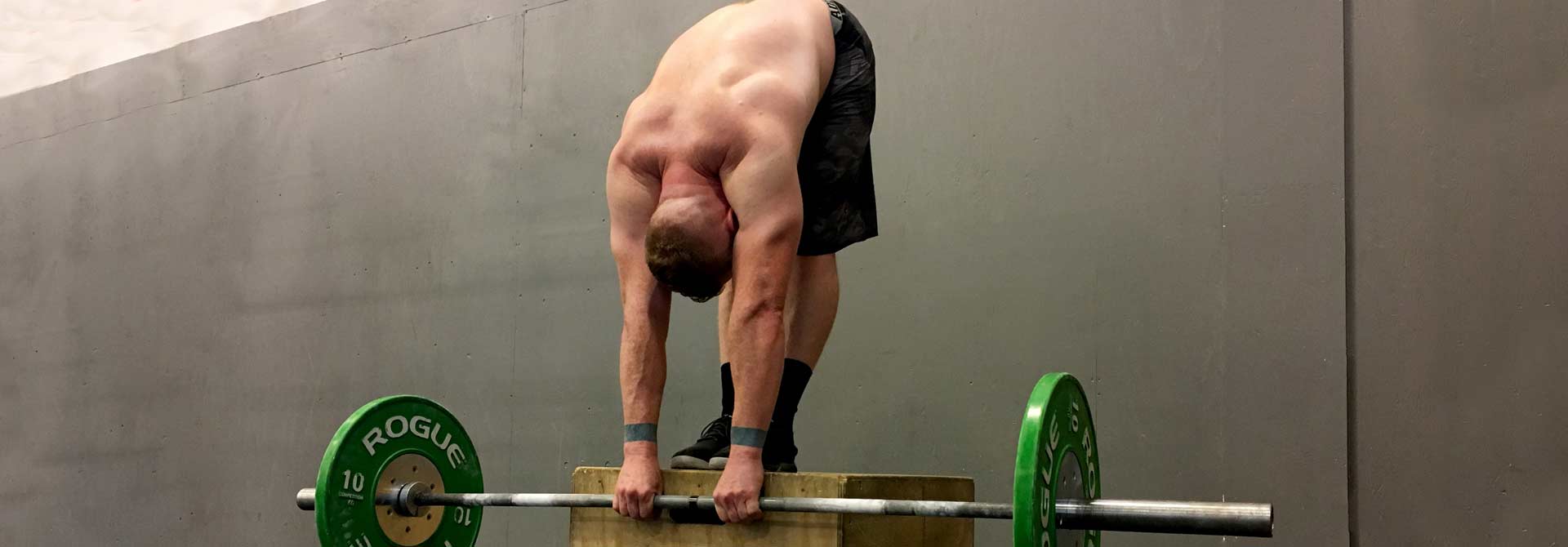If you’ve ever watched a powerlifter train or compete, you’ll have noticed that they wear very thick and large belts. These belts are typically 10 cm wide throughout and about 10-13mm thick. They are NOT like your usual gym or weightlifting belts that are up to 15cm wide in the back and feature a tapering or thin front. Powerlifting belts are either single-pronged, two-pronged, or lever-based. Velcro belts are most certainly not powerlifting belts.
More than just some form of equipment elitism, the specifications of a powerlifting belt matter because of how powerlifting belts are meant to be used and to avoid cheating. Thicker, stiffer belts can help you stabilize your trunk and thereby brace better for heavier loads, transferring more force through your legs and arms in the squat, pull, and press. An excessively large belt would naturally help you more in a squat or deadlift, provided you can overcome the discomfort of wearing one and pressing against it. As such, there are strict limits to how thick and wide a powerlifting belt can be, and what kind of locking mechanism it uses.
The purpose of a powerlifting belt can be a little misleading. It isn’t to provide physical protection for the spine or to provide some sort of barrier to prevent the spine from bending. Some newbie lifters pick up a belt for the first time and think that the more compressed they are, the better they lift, so they try to squeeze their intestines out either hole by equipping the belt as tightly as possible. We’re going to talk about why lifters bother with powerlifting belts, why it’s important what kind of belt you choose, and how to use one effectively.
More Than Just Fashion
A powerlifting belt is not an immediate hack towards a better lift. I’d say that most beginner lifters who have their form down but have never lifted in a belt before are probably going to immediately figure out what it’s meant to be used for, and they’ll feel far more comfortable in their lifts, albeit not necessarily much stronger. It takes a lot of practice to really make the most out of a powerlifting belt, at which point you will generally be about 5-10% stronger with the belt than without.
Why? Simple: because you can brace more effectively. When squatting or deadlifting, muscles throughout your core and all around your spine must activate in order to keep the spine neutral and stiff. A belt provides a rigid body for your muscles to press against, which can increase how much you’re activating your abdominal muscles, and let you brace better.
You’re not taking advantage of the stiffness of the belt to protect your spine. You’re simply using the belt as a piece of feedback to feel exactly how much you should be flexing the muscles around your core to brace better than if you were beltless.
You will brace the exact same muscles with a belt as without. But the belt helps you brace better and more effectively, thereby giving you better force transmission throughout the body (which is where the extra 5-10% comes from). This also reduces risk of injury because a stronger and stiffer spine = less pain and lower risk of getting hurt.
The muscles you use to do this get a different type of workout in whenever you’re not using the belt, and because the belt does make it easier for you to activate these muscles, there is an argument to be made for never training beltless, and training both with and without the belt.
I personally feel that, as helpful as the belt is, it doesn’t take a lot of practice after a certain point to know how to use it effectively, and you’re better off saving it for any post-warmup set (i.e. start putting it on one or two sets before your working weight).
Powerlifting Belts DO NOT Provide Protection On Their Own
I need to stress this again. Powerlifting belts do not provide protection on their own. Do not see them as some sort of magical anti-back-pain device. They are not a magical anti-back-pain device. Powerlifting belts exist as a means for you to leverage an existing understanding of how to properly brace for a lift, and thereby be more efficient with your force transmission. Without the prerequisite strength and training, they’re nothing more than seriously weird fashion accessories.
Thankfully, the prerequisite strength and training is not that hard to gain. Your body naturally knows how to brace, you just must learn to apply this knowledge consciously by first figuring out what it feels like to brace under a load.
- Goblet squats. Pick up an object and hold it to your chest, then start to descend into a squat. This is the goblet squat. In an attempt to keep your back straight as you hold that object to your chest, your muscles around and under the rib cage will begin to tense up and work to maintain a stiff spine. That’s bracing.
- Planks. Rather than focusing on just the abs, think about getting stiff throughout the torso.
- Breathing paused squats. By dropping down into a squat with some sort of object, and then slowly breathing in and out while maintaining a straight back, you’ll learn to feel as all of your stabilizing and core muscles work to allow you to breathe while keeping the spine stiff, from the diaphragm and erectors to your superficial abdominal and oblique musculature.
These are the muscles that will keep your back healthy and safe. These are the muscles that rely on the belt to provide an extra boost in stability and safety.
Combine Belt + Beltless Training
It’s important to learn how to lift beltless, especially if you’re generally interested in strength. You have to know how to lift weights and brace without bracing against a belt because you won’t always have one. It’s generally the same, but you have to be more conscious about pressing outwards because you don’t have the tactile feedback needed to let you know you’re already doing it. You can repeat the simple exercises I mentioned above, but just do them with more weight or for longer periods of time.
There is no benefit to going heavy without a belt. Beltless training should be kept to accessory and prehab training, to help you get better at bracing in general and avoid forgetting how to brace without something to push back against.
There are no real differences between powerlifting belts aside from price point and picking a company to support. Some people swear by lever belts, but these are typically more expensive than their pronged counterparts.
I personally use General Leathercraft’s Pioneer Cut belt, and they’ve given permission to A7 Fitness to bring the design to market with IPF approval, so you can compete with them as well. Check with your current or local federation, they may let you compete with General Leathercraft’s version if you’ve already got one. A genuine leather powerlifting belt will last you approximately forever – and as long as you’re not too mean to it, it’ll be something your children can probably inherit in pretty good condition. They can be a little pricey – good ones will cost you from $100-$200 – but they’re well worth the many years of service they’ll give you.





